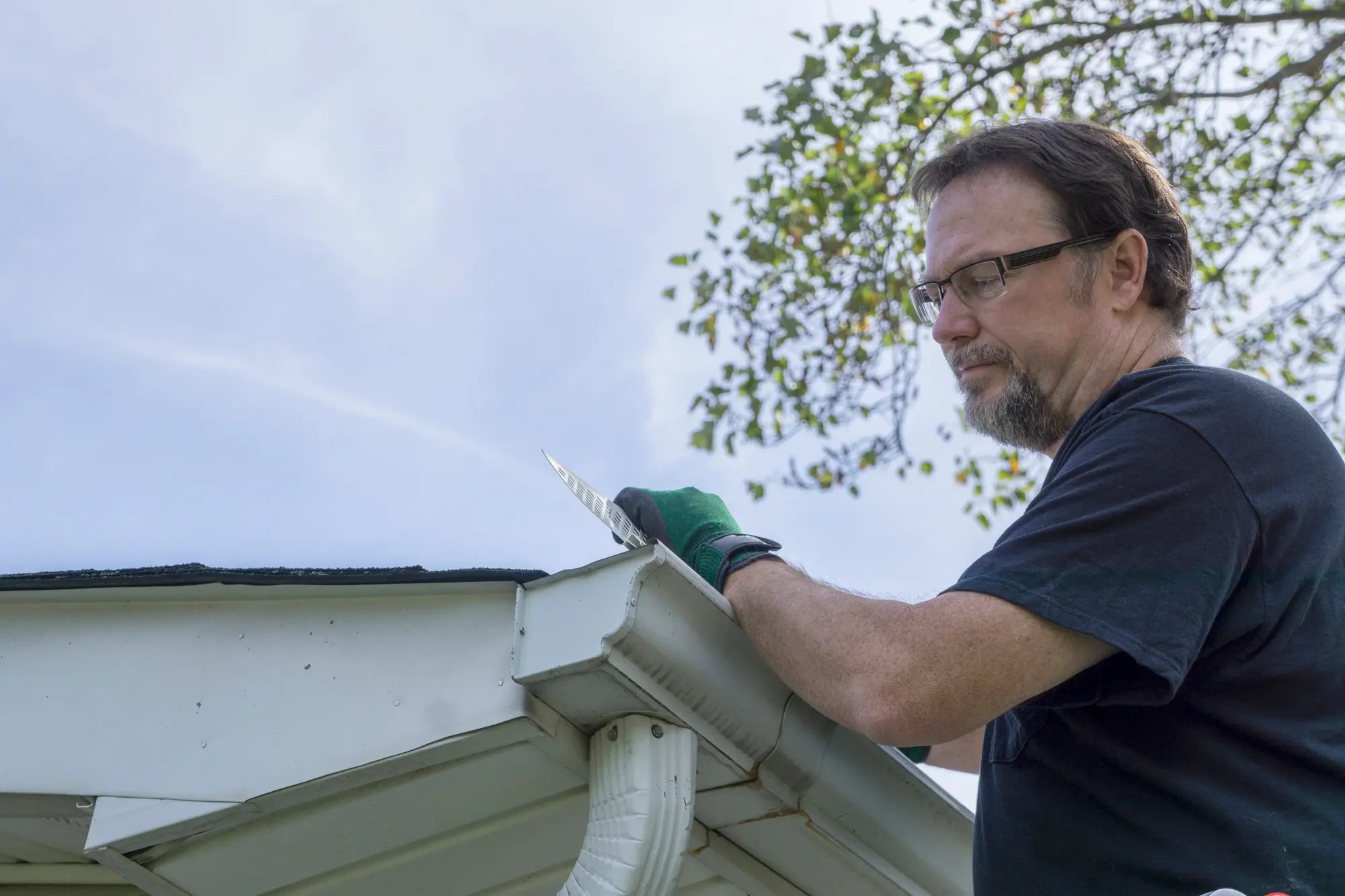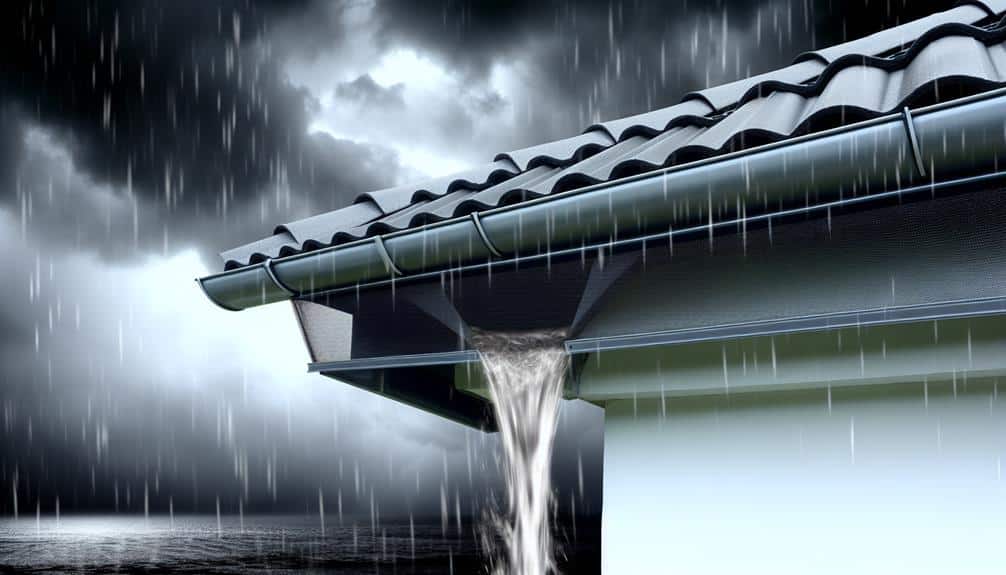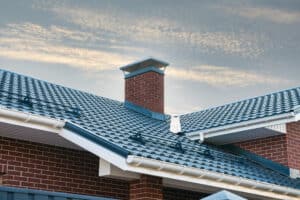Table of Contents
ToggleAre gutter guards truly worth the investment for your Limerick or Clare home? This question troubles many homeowners looking to reduce maintenance and protect their properties.
At Guttering Services, we’ve installed thousands of gutter guard systems across the region. These protective barriers prevent leaves, twigs, and debris from entering your gutters while allowing water to flow freely. The right gutter guards can eliminate regular cleaning, prevent blockages, and protect your home from water damage.
In this guide, we’ll examine the different types of gutter guards available, their pros and cons, installation costs, and long-term benefits. We’ll help you determine if gutter guards are the right solution for your specific situation and which system offers the best protection for your investment.
Contact Guttering Services today for a free consultation and discover how our professional gutter guard solutions can save you time, money, and hassle.
Key Takeaways
-
- Gutter guards provide numerous benefits, including preventing blockages and reducing the risk of water damage.
-
- There are various types of gutter guards available, such as Gutter Hedgehog Guard, Gutter Grid Guard, Gutter Mesh Guard, Gutter Pipe Leaf Wire Balloon Galvanised, and Gutter Outlet Strainers.
-
- Gutter guards have pros and cons, including reducing cleaning frequency and being cost-effective, but still requiring maintenance and adding weight to gutters.
-
- The installation process of gutter guards involves measuring and cleaning the gutters, cutting and fitting the guards, securing them into place, and checking for functionality.
What Are the Benefits of Gutter Guards?
Gutter guards offer a solution to clogged gutters. There are different types of gutter guards, such as hedgehog, grid, and mesh guards, each with its own installation and maintenance requirements.
The main benefit of gutter guards is preventing blockages, which reduces the risk of water damage to your property. You can install them yourself or hire a professional. Gutter guards are durable and cost-effective, making them popular among homeowners.
While gutter guards have many benefits, they also have some drawbacks. They still require maintenance, and some types can damage your roof if not installed correctly. Additionally, certain types of gutter guards may require specific maintenance procedures, which can increase their overall cost.
Before installing gutter guards, it’s important to consider these factors.
What Are the Different Types of Gutter Guards?
There are different types of gutter guards, each with its own features and installation requirements.
Gutter Pipe Leaf Wire Balloon Galvanized: This guard is suitable for all systems and helps prevent leaf and debris blockages. It’s strong and easy to install.
Gutter Hedgehog Guard: This durable guard is easy to install and fits most gutter systems. It’s flexible and has a 10-year warranty.
Gutter Grid Guard: This guard is easy to install and unobtrusive, but it may not withstand heavy weight.
Gutter Mesh Guard: This is a cost-effective option that’s easy to install, but it may not withstand heavy weight between brackets.
What Are the Pros and Cons of Gutter Guards?
Gutter guards offer benefits but also have drawbacks.
While gutter guards can help prevent blockages and reduce the need for cleaning, they do not completely eliminate maintenance. Smaller debris can still enter gutters, and cleaning the guards can be time-consuming.
Gutter guards can also add weight to your gutters, potentially straining the fascia and causing roof damage. Additionally, the cost and labour involved in maintaining gutter guards may not justify the benefits for some homeowners.
Before investing in gutter guards, carefully consider their advantages and disadvantages.
How to Install Gutter Guards?

Installing gutter guards is a relatively simple process. You can do it yourself or hire a professional. The process involves measuring your gutters, cutting and fitting the guards, and securely attaching them to the gutters.
Here’s a step-by-step guide:
-
- Measure and clean the gutters: Ensure the gutters are clean before installation.
-
- Cut and fit the guards: Cut the guards to match the length of your gutters and fit them into place.
-
- Secure the guards: Attach the guards securely to the gutters.
-
- Check functionality: After installation, check if the guards are working properly and make any necessary adjustments.
Proper installation is crucial for gutter guards to work effectively. Incorrect installation can allow debris to enter the gutters, leading to clogs. For best results, ensure the guards are securely fitted.
How to Choose the Right Gutter Guard?
After ensuring a proper installation process, selecting the right gutter guard emerges as an equally critical step, given the variety of options available in the market, each with its unique features and advantages.
Gutter hedgehog guards are a versatile and robust option, fitting a variety of guttering and offering a 10-year manufacturer’s guarantee.
If you’re looking for a guard that is unnoticeable from the ground level, gutter grid guards are an ideal choice. However, they might not withstand heavy weight.
Gutter mesh guards, on the other hand, are a cost-effective solution that fits most guttering and comes with fixings. But, similar to grid guards, they might collapse under too much weight.
If your primary concern is preventing leaves and debris from blocking downpipes, consider the gutter pipe leaf wire balloon, galvanised. It fits all systems and accommodates 63-75 mm diameter downpipes.
Lastly, gutter outlet strainers are perfect for maintaining proper water flow by preventing debris from entering downpipes. They fit most standard downpipes and are easy to install.
Choose your gutter guard wisely, considering these factors and ensure a well-maintained gutter system.
Frequently Asked Questions
Gutter guards are not absolutely necessary, but are highly beneficial. They prevent debris accumulation, reducing the need for frequent cleaning. They also protect against gutter damage and potentially associated home repairs, making them a valuable investment.
Gutter guards, despite their benefits, have certain drawbacks. They require periodic maintenance, do not completely prevent debris build-up, can be costly to install, may induce ice dams in winter, and do not effectively block all debris.
Yes, gutter guards are effective in heavy rain. They allow water to flow freely through the gutters while preventing debris accumulation, thus reducing the risk of water damage, basement flooding, and other rain-related issues.
While some consider gutter guards ineffective due to their inability to completely eliminate debris, they can significantly reduce the frequency of gutter cleaning. However, the effectiveness varies depending on the type and quality of the guard used.






